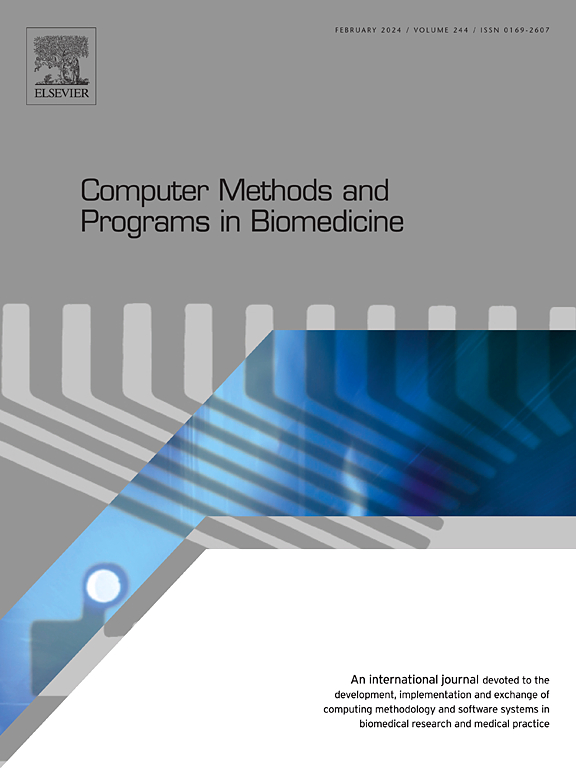Pattern formation of network epidemic model and its application in oral medicine
IF 4.9
2区 医学
Q1 COMPUTER SCIENCE, INTERDISCIPLINARY APPLICATIONS
引用次数: 0
Abstract
Background and Objective:
The prevention and control of infectious diseases is one of the major public safety issues in the 21 st century. In this paper, a Susceptible–Infected–Recovered (SIR) epidemic model with disease recurrence behavior is established based on continuous space and network environment. The Turing pattern, optimal control and parameter identification of infectious disease models under different network structures are studied.
Methods:
We analyze the sufficient conditions for the existence of the disease equilibrium point of the system, and discuss the necessary conditions of Turing instability of the system on homogeneous and heterogeneous networks, respectively. Our work further derives the global optimal solution of the parameters under the target pattern based on optimal control theorem.
Results:
The validity of the theoretical analysis is verified by a series of numerical simulations. Meanwhile, we have explored the impact of disease recurrence rate on the spread of infectious diseases on three network structures. It is found that when the recurrence rate increases, it will result in a decrease in the recovered population as well as an increase in the infected population . Furthermore, the public Corona Virus Disease 2019 data are used for fitting verification. The verification results are basically consistent with the development trend of the epidemic, as well as the validity of the model is visually demonstrated.
Conclusions:
The complex network model can more accurately simulate the dynamic propagation process of infectious diseases. Combined with optimal control and parameter identification methods, it can provide theoretical support for public health departments to prevent and control infectious diseases. In particular, optimization parameter identification technology can be successfully applied to oral image recognition and adjuvant therapy.
求助全文
约1分钟内获得全文
求助全文
来源期刊

Computer methods and programs in biomedicine
工程技术-工程:生物医学
CiteScore
12.30
自引率
6.60%
发文量
601
审稿时长
135 days
期刊介绍:
To encourage the development of formal computing methods, and their application in biomedical research and medical practice, by illustration of fundamental principles in biomedical informatics research; to stimulate basic research into application software design; to report the state of research of biomedical information processing projects; to report new computer methodologies applied in biomedical areas; the eventual distribution of demonstrable software to avoid duplication of effort; to provide a forum for discussion and improvement of existing software; to optimize contact between national organizations and regional user groups by promoting an international exchange of information on formal methods, standards and software in biomedicine.
Computer Methods and Programs in Biomedicine covers computing methodology and software systems derived from computing science for implementation in all aspects of biomedical research and medical practice. It is designed to serve: biochemists; biologists; geneticists; immunologists; neuroscientists; pharmacologists; toxicologists; clinicians; epidemiologists; psychiatrists; psychologists; cardiologists; chemists; (radio)physicists; computer scientists; programmers and systems analysts; biomedical, clinical, electrical and other engineers; teachers of medical informatics and users of educational software.
 求助内容:
求助内容: 应助结果提醒方式:
应助结果提醒方式:


